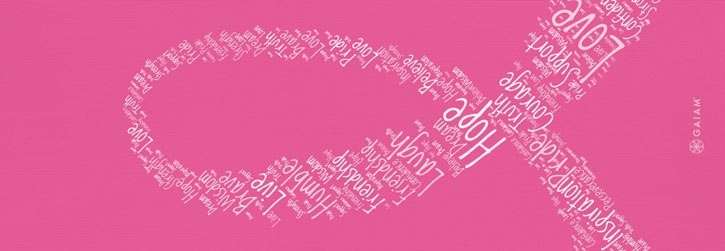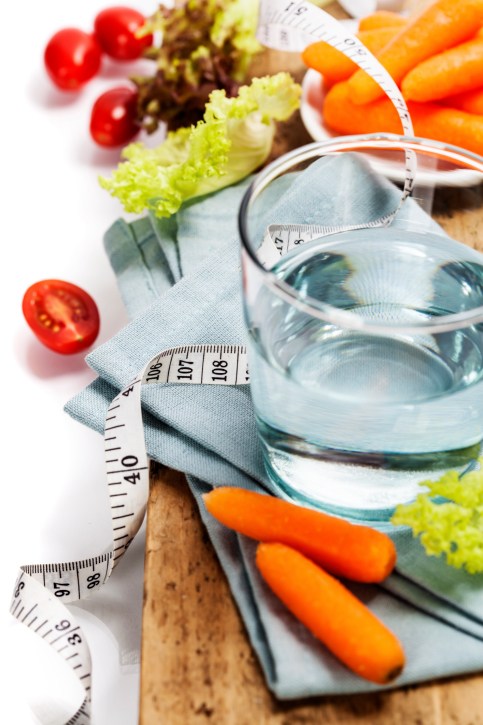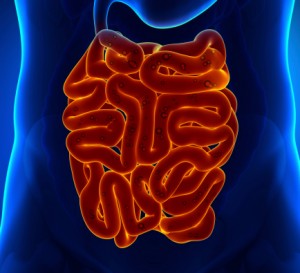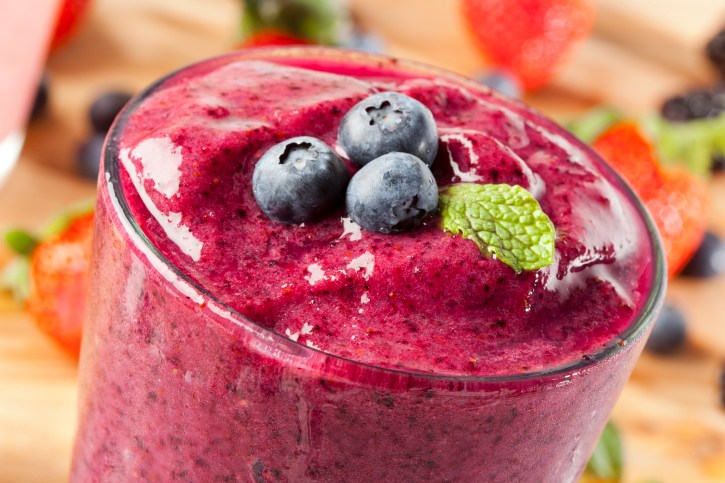Lose Weight > Common Sense To Lose Weight > Common Sense Article > Healthy Diet, Weight Loss And Protein
Healthy Diet, Weight Loss And Protein
When protein is consumed, the body breaks it down into amino acids, the building blocks of all proteins. Some of the amino acids are designated nonessential. This does not mean that they are unnecessary, but rather that they do not have to come from the diet because they can be synthesized by the body from other amino acids. Other amino acids are considered essential, meaning that the body cannot synthesize them, and therefore must obtain them from the diet.
Whenever the body makes a protein when it builds muscle, for instance it needs a variety of amino acids for the protein making process. These amino acids may come from dietary protein or from the body's own pool of amino acids. If a shortage of amino acids becomes chronic, which can occur if the diet is deficient in essential amino acids, the building of protein in the body stops, and the body suffers.
Because of the importance of consuming proteins that provide all of the necessary amino acids, dietary proteins are considered to belong to two different groups, depending on the amino acids they provide. Complete proteins, which constitute the first group, contain ample amounts of all of the essential amino acids. These proteins are found in meat, fish, poultry, cheese, eggs, and milk. Incomplete proteins, which constitute the second group, contain only some of the essential amino acids. These proteins are found in a variety of foods, including grains, legumes, and leafy green vegetables.
Although it is important to consume the full range of amino acids, both essential and nonessential, it is not necessary to get them from meat, fish, poultry, and other complete protein foods. In fact, because of their high fat content as well as the use of antibiotics and other chemicals in the raising of poultry and cattle most of those foods should be eaten only in moderation. Fortunately, the dietary strategy called mutual supplementation enables you to combine partial protein foods to make complementary protein proteins that supply adequate amounts of all the essential amino acids. For instance, although beans and brown rice are both quite rich in protein, each lacks one or more of the necessary amino acids. However, when you combine beans and brown rice with each other, or when you combine either one with any of a number of protein rich foods, you form a complete protein that is a high quality substitute for meat.
To make a complete protein, combine beans with any one of the following:
-Seeds
-Wheat
-Brown rice Corn
-Nuts
-Or combine brown rice with any one of the following:
-Beans
-Nuts
-Seeds Wheat
Most Americans eat too much protein, largely as the result of a diet high in meat and dairy products. However, if you have reduced the amount of meat and dairy foods in your diet, you should make sure to get about 50 grams of protein a day. To make sure that you are getting a great enough variety of amino acids in your diet, add protein rich foods to meals and snacks as often as possible. Eat bread with nut butters, for instance, or add nuts and seeds to salads and vegetable casseroles. Be aware that a combination of any grains, any nuts and seeds, any legumes (such as beans, peanuts, and peas), and a variety of mixed vegetables will make a complete protein. In addition, cornmeal fortified with the amino acid makes a complete protein. All soybean products, such as tofu and soymilk, are complete proteins.
These foods have high levels of fiber, and soy has been found to be the healthiest source of protein, more so than any other food. Soybean protein makes up 35 to 38 percent of its total calories, offers all eight essential amino acids, and is high in vitamin Bg. The average American consumes only about 10 milligrams of soy protein per day, although the American Heart Association recommends at least 25 milligrams. Available in health food stores, tofu, soy oil, soy flour, soy based meat substitutes, soy cheese, and many other soy products are healthful ways to complement the meatless diet. Fermented soy products, such as miso, tempeh, fermented tofu, and soymilk, are now widely available and are loaded with isoflavones, which are immediately bio available, and they have more genistein and nutrients than regular soy. They also fit in with Asian dietary practices. Fermentation yields more nutrients such as betaglucan, glutathione, and the B vitamins than standard products.
Yogurt is the only animal derived complete protein source recommended for frequent use in the diet. Made from milk that is curdled by bacteria, yogurt contains Lactobadllus addophilus and other "friendly" bacteria needed for the digestion of foods and the prevention of many disorders, including candidiasis. Yogurt also contains vitamins A and D, and many of the B complex vitamins.
Do not buy the sweetened, flavored yogurts that are sold in supermarkets. These products contain added sugar and, often, preservatives. Instead, either purchase fresh unsweetened yogurt from a health food store or make the yogurt yourself and sweeten it with fruit juices and other wholesome ingredients. Yogurt makers are relatively inexpensive and easy to use, and are available at most health food stores.
Related Articles
-
Weight Loss 4 Idiots Product Review
There are many programs today which promise a remarkable weight loss
-
5 Foods You Need to Avoid Eating in the Morning for Weight Loss
A nutritious breakfast can set the tone for a healthy day, but it can
-
3 Reasons Why Diets Hurt More Than They Help
-
Weight Loss Resolutions - Do You Need to Shift Your Thinking?
Its the New Year and theres a good chance youve set a weight loss g
-
What diet plan is undoubtedly most beneficial for you ?
There have been various diets out over the years from the vegetarian b
-
Amazon Acai Berry
The Amazon Acai berry is a dark purple berry that grows on a cert
- DON'T MISS
- Health and Fitness from a Personal Trainers perspective
- Weight Loss How To Get Rid Of Excess You
- Very Best Fat Burning Workout Ever, Acquiring Fit Has Never Been Simpler
- Calotren ?Not a Miracle Medicine!
- Psoriasis-affected people face increased risk of gum disease (periodontitis): Study
- 10 fitness tips for women
- Natural Appetite Suppressants Are Safer
- Simple Weight Loss Plan
- The Absolute best and Most Entertaining Workout
- How to Effectively Lose to 10 Pounds




